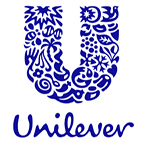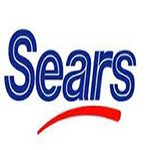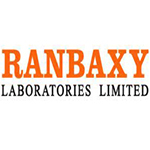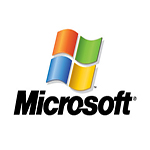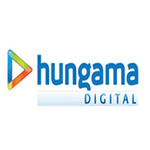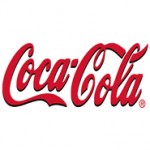Best Hospital Management Software: CogHMS Supports RFID
CogHMS Supports RFID
Cog HMS provides biometric facility through Radio-frequency identification (RFID). RFID is a technology to electronically record the presence of an object using radio signals. It is widely used for identification and tracking of persons, objects, etc. using radio waves. While finger printing, voice recognition have been around for a while, so are the hackers who have time and again proven these systems to be inadequate, while also being costly. RFID tags are relatively cheap, easy to use and secure enough (a 32 bit system uses up to a billion possible combinations making it very difficult to crack).
It can be used on doors with sensor to grant or deny entry or as authentication for computer systems.
And that’s not all, it can be used elsewhere too!

Use of RFID in inventories in hospital supply chains medicines, materials, devices and office supplies – reveals, that the use of RFID technology can help hospitals cut as much as 18 percent in labor costs associated with resupplying. On average, supplies and inventory account for 30 to 40 percent of an average hospital’s budget, according to the research. New RFID technology makes continuous replenishment – when an item runs low – easier. When an item runs low, a signal is sent to the storeroom indicating that replenishment should be considered for that item.

RFID tags can form part of a hospital wristband, a blood product label, a biomedical implant or any medical device. They can be tiny or large, immiscible or flexible. Unlike barcodes, tags can also be read from meters away, for example by an interrogator mounted on the ceiling or beside a door. Use of these tags on perishable items like blood bags, helps not only to shortcut the process by storing all information – including a record of ambient temperature over time – on each bag’s re-recordable RFID tag. Staff can quickly find blood bags by scanning up to 400 bags per second and drilling down to see all the information associated with any bag. Because it used to take so long to find the right bag in subarctic temperatures, staff might have ended their search more quickly by sending a 28-day old bag of blood of the correct type. Now the optimal bag – that closest to expiry – is quickly found and put to use, maximizing a precious resource.


